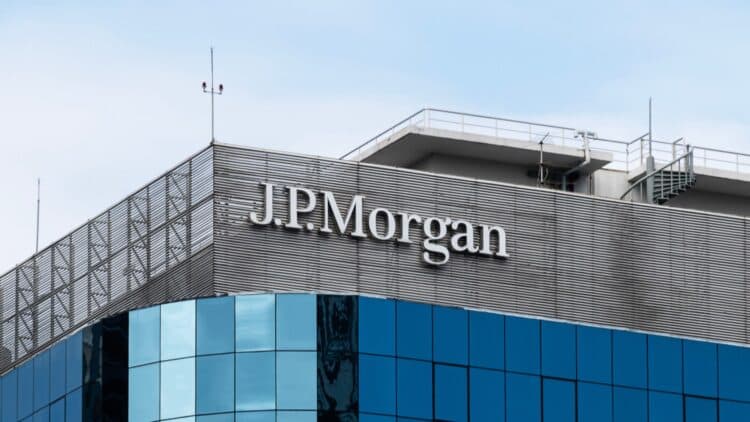In a few months, millions of Americans could receive a cash injection into their bank accounts. We are not talking about a round of government aid (the government’s budget has not even been approved yet, so how could they even approve aid?). Instead, this is an unexpected tax phenomenon that could function as a kind of unofficial stimulus check.
JPMorgan estimates that the average tax refund for 2025 could go up by about $557. If last year’s average refund was $3,186, that means taxpayers could receive a refund of $3,700. But, why? How can American taxpayers suddenly receive such a big refund?
Where Does This Law Come From?
The major tax reform, commonly known as the “One Big Beautiful Bill Act” (OBBBA), has brought about many changes. Although this reform was passed in mid-2025, it included budget cuts that were retroactive to January 1, 2025. The Internal Revenue Service (IRS) reportedly decided not to immediately adjust employers’ payroll withholding tables. Instead of changing mid-year–which would have caused bureaucratic chaos–the mass implementation was postponed until January 2026.
This created a withholding “trap” that will last throughout the 2025 tax year. Ultimately, workers paid tax at the higher, older rates of 2024 on income that would actually be taxed at lower rates, creating forced over-withholding on most paychecks across the country. When filing their 2025 returns in early 2026, taxpayers will calculate their tax liability using the newer, lower retroactive rates for 2025.
This is why the excess payments to the IRS over 12 months will be returned in the form of a much larger refund than we are used to. Remember that this refund is not a gift, but your own money coming back to you after being withheld by the government for a year.
Due to inflation, it will have lost purchasing power, so we shouldn’t be too happy about getting such a large refund. In short, we will have made a 0% interest loan to the government without being able to object.
Who benefits from this reform?
David Kelly warns that, while the benefits extend to many people, there are certain extensions that are unbalanced and favor specific groups. One of the groups that benefits most is seniors. In addition to the existing standard deduction, there’s a new deduction of $6,000 per eligible person.
Families with children will continue to receive the Child Tax Credit, only now it increases from $2,000 to $2,200 (plus adjustments for inflation). The reform also includes new deductions specific to certain workers, such as deductions for tips and overtime pay.
The effect of this in the economy
This is where JPMorgan’s analysis and the idea of the “stimulus effect” come in. It has been proven that in the weeks when IRS money is returned, there is an economic boost. Psychologically, people perceive this refund as unexpected money (no matter how much we tell them it’s their own, hard-earned money) and spend it all at once. This cash injection is expected to be used for large expenses, such as accumulated credit card debt or essential items. But deep down we know a huge part of this is spent on conspicuous consumption and not reinvested. Optimists are looking forward to a cash injection in local communities… economic statisticians know where most of this money will end up.
However, not everything is rosy with the fiscal and trade policies of President Donald Trump’s administration. Projections from the Tax Policy Center suggest that the tariffs increased by the Trump administration could cost each taxpayer an additional amount (up to $2,800 in 2026). This cost acts as a “hidden tax” on the purchase of imported goods, partially offsetting the direct tax relief.
If you qualify for any of these new deductions, you could receive a higher-than-average refund. We advise you to consult a financial advisor or use a tax planning platform to ensure that you maximize the new deductions. But we are not your mother —nor your accountant— is if you prefer to buy a pool table or go on a Caribbean cruise with your bros using your refund check, be our guest!

